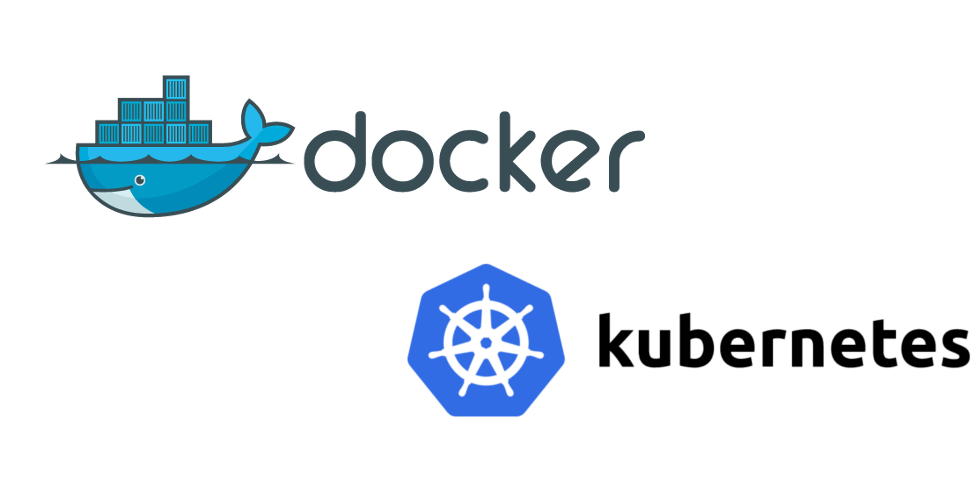
Know Differences between Kubernetes, Docker by Kubernetes Online Training
1.Kubernetes Vs Docker:
These days we hear more about two technologies, that is Kubernetes and Docker. Kubernetes has become more popular like a container Orchestration point.
Not to mention, people may think that Kubernetes and Docker are both competitors. But in real-time, Docker and Kubernetes are not real competitors.

a)Similarities between Docker and Kubernetes:
1. Both of these tools work with Micro-services.
2. Both are eager to work with, Open source community and large open-source projects.
3. Two technologies were written on a go programming language, which accepts them to ship, as small light stuff Binary files.
4. Both of them use Human fluent YAML files, for defining app stacks and lineups.
b)Differences Between Docker and Kubernetes:
Kubernetes run with containerizing technology. The most popular option in Kubernetes is, it integrates with Docker and rkt. Not to mention Mind share, lead to more efforts in carrying out the integration.
Docker Inc is the company behind Docker, which offer own container orchestration Engine. That Kubernetes has climb to point Docker, for desktop that which comes with own Kubernetes Distribution.
2.Setup and Installation:
a)Kubernetes:
1. It needs a series of manual steps, for setting Kubernetes worker and master node factors in a bunch of nodes.
2. Kubernetes will run on many platforms, from your laptops. VMS of a cloud provider, to a bunch of metal servers. That is for setting up one node K8 cluster, one can utilize Mini-Kube.
3. On the other hand, It holds Windows Server, with the Beta phase.
4.Kubernetes client and server packages, under with more beta phase.
b)Setup and Installation in Docker:
1. Installing Docker is a Point of One-liner Command, on Linux systems like CentOS and Ubuntu.
2.For installing one node Docker Swarm or one node Kubernetes cluster. One can move Docker for Mac and Docker For Windows OS.
3. Docker has official guidance for windows 10 and Windows Server 2016.
4. It is very easy for upgrading the Docker engine, with Docker for Mac, Windows with one clock option.
3.Operation in Two Systems:
a)Kubernetes:
1. Kubernetes runs at the app level, which is rather than hardware-level Kubernetes.
2. It targets to support more Diverse workloads. At the same time, that has stateless and data process workloads.
3. At the same time, If the app runs in a container, it will run on Kubernetes.
4. Kubernetes can run on top of Docker, but it need command-line Interface Specifications, for both access, that is on your Data over the API.
5. We have Kubernetes client known as kubectl, which tell to Kube API, that which runs on your master code.
6. Master Components usually run on one node. Node components run on every node.
7. Kubler agent runs on Node for inspecting container, health and reporting to master. With new commands form the Kube API server.
8. Kube proxy handles network, rules, and control.
9.Container Run time, software for running containers.
b)Docker:
1. Installing Docker is Just a matter of single linear command on Linux, the platform that is like Debian and Ubuntu.
2.For Installing a single node, Docker Swarm or Kubernetes cluster. Especially, One can move Docker for Mac, Docker for windows.
3. Docker is having genuine Support from, Windows 10 and in the same fashion Windows Server 2016.
4.Logging and Monitoring:
a)Logging:
1. Kubernetes offer no local answer for the Log Data. But you can link many existing logging Solutions, into your Kubernetes cluster. Some popular logging tools were listed below.
2. Generally, Fluentd is an open-source, complete Data Collector for single and unified logging layer. It was written in Ruby with a set of plugin oriented architecture.
3. It guides to collect, route and know different logs from Different source types.
b)Docker:
1. Generally, Logging Driver plugins were available, in Docker 17.05 and higher logging skills Dockers were defined in a method of Drivers.
2. Especially, Docker includes many logging gears, for guiding you to Inform from operating containers and certain Services. In the same fashion, these gears so-called logging Drivers.
Finally, these are the best-known Facts about Kubernetes VS Docker. In upcoming blogs, I will update more data, on these two technologies.